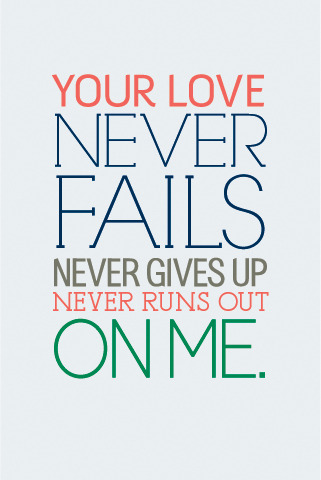1. My baby had his very first day of school. (tears) He is in a Tuesday/Thursday prek program; so he only goes to school on my teaching days. We still get to have our Mommy/Lukie time (that's what he calls it!) on Monday/Wednesday/Fridays while Logan is at school. I can't believe all my boys are in school now-no more babies at my house.
2. On Tuesday, my sub did the color mixing with playdoh science investigation with my first graders. We have been working on discovery skills/scientific method in first grade science. My firsties are loving it! My kids had so much they were still talking about it on Thursday when they came to class!
3. Speaking of the sub, one of my parents told me their son (4th grader) said the sub was good and nice and that he liked her, but she wasn't as fun and lively as Mrs. Shaw. That made my day! Although that was probably a little bit my fault. We rarely use the textbook in class, and if we do it's just a very small part of our time. They had their whole lesson from the textbook that day. Two hours of textbook lessons don't usually lend themselves to fun and lively. I'm sure my first graders probably think the sub is more fun than me because they got to use play doh with her! Ha!
4. On Thursday, my first graders investigated who runs faster-boys or girls. It was so hot and my babies had already had an hour and half of PE mostly outside earlier in the day, so we conducted our races in the hallway outside our classroom. I told them we had to be very quiet so we would not disturb the other classes. The kids were the absolute cutest doing their silent cheers! By the way in both classes, boys were faster. I will be updating my Science Learning Fun packet soon with this activity and a few other resources. You purchase it here and then you'll get the updates for free.
I had the boys' pictures made for back to school a couple of weeks ago and I just love how they turned out! Here's one of my favorites. My very talented friend Meg of 3 Birds Photography took their pictures. You can check her blog out here.
Happy Friday, friends!!!


























































